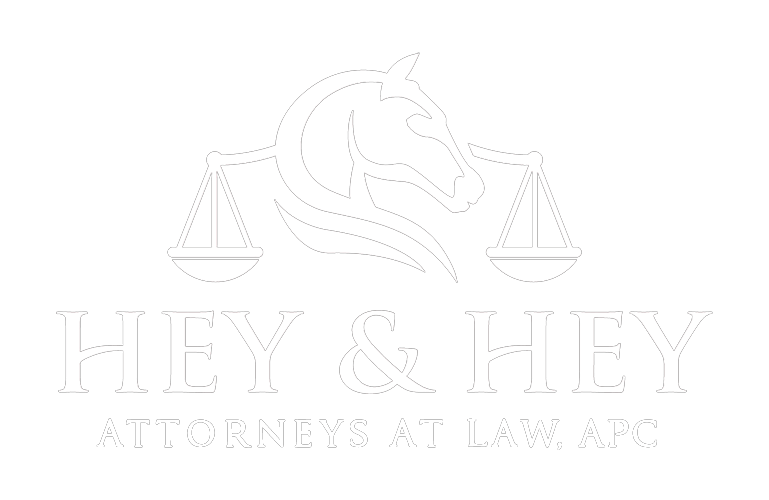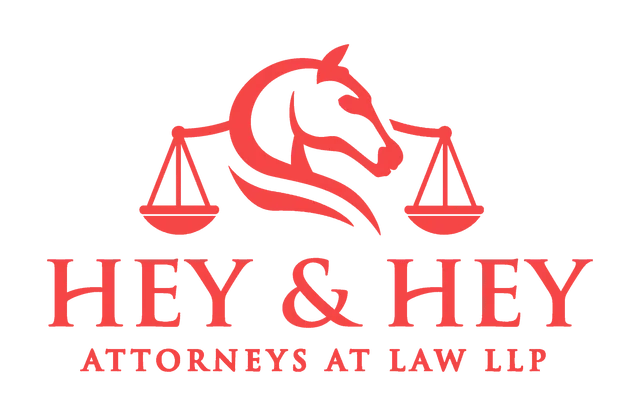Avoid the Potential Pitfalls of a Sale Horse Trial Period
Many people are wary of sending a horse out on trial to a potential buyer, and rightly so. However, with the proper precautions, you can avoid the potential pitfalls of a sale horse trial period.
Advice on How to Avoid the Pitfalls
First Pitfall: The horse suffers an injury during the trial period.
The horse is compromised because of having suffered an injury while being ridden by the buyer; or alternatively, while in the care of the buyer the horse becomes ill.
The seller can require that the buyer take out Mortality, Major Medical, and Loss of Use insurance on the horse during the trial period.
In the trial agreement the seller can specify what activities are allowed during the trial period, i.e.: who can ride the horse, how high the horse can be jumped, etc.
If the seller is truly concerned about the trial period, an agreement can be worked out specifying a trial period that takes place at the seller’s barn.
Second Pitfall: The seller’s liability is unprotected.
The seller could be held liable if during the trial period the horse causes an injury to the buyer or to a third party.
The seller can require that the buyer take out Mortality, Major Medical, and Loss of Use insurance on the horse during the trial period.
The trial agreement must contain an indemnification clause. Such a clause states that the owner/seller will not be responsible to any third parties that might be injured during the trial period. Rather, such responsibility lies with the buyer.
The seller should acquire Private Horse Owner’s Liability Insurance (PHOLI). This type of insurance covers the policyholder’s legal liability for both bodily injuries and property damage to others incurred because of his/her ownership of the horse.
Third Pitfall: The buyer fails to pay for the horse. For example, the buyer might take the horse on trial and then disappear without paying. Or doesn’t pay in full.
The seller can require payment in full before the horse can be moved from the seller’s property. The contract would guarantee a full refund should the buyer decide not to purchase the horse. If properly worded, such a contract can protect both buyer and seller.
The trial agreement can be structured as a lease option to buy, with the lease being the trial period. In a lease the buyer would pay a percentage of the purchase price during the trial period, and the remainder would come due if the buyer decides to keep the horse.
The seller can use a law firm to act as intermediary. At Hey & Hey we offer our Safe Horse Ownership Escrow Service, a six-step process proven to be an effective and affordable way to protect the interests of both buyer and seller during the trial period.
Fourth Pitfall: A Stableman’s lien is placed on the horse. When a buyer takes a horse on trial to another barn and fails to pay the board, the barn owner may have the right to file a Stableman’s or Agisters lien, allowing the barn owner to retain control of the horse until all board payments are made.
The seller can require the buyer to pre-pay the board either to the seller, who can then pay the barn owner, or to the barn owner directly.
The seller should always be listed as owner, and as emergency contact, with the stable where the trial is occurring.
Horse Trial Sale Period Conclusions
As illustrated above, if approached with the proper precautions, many of the pitfalls of the trial period can be addressed ahead of time, benefiting both seller and buyer. Please contact us today if you have questions, Hey & Hey can help you

